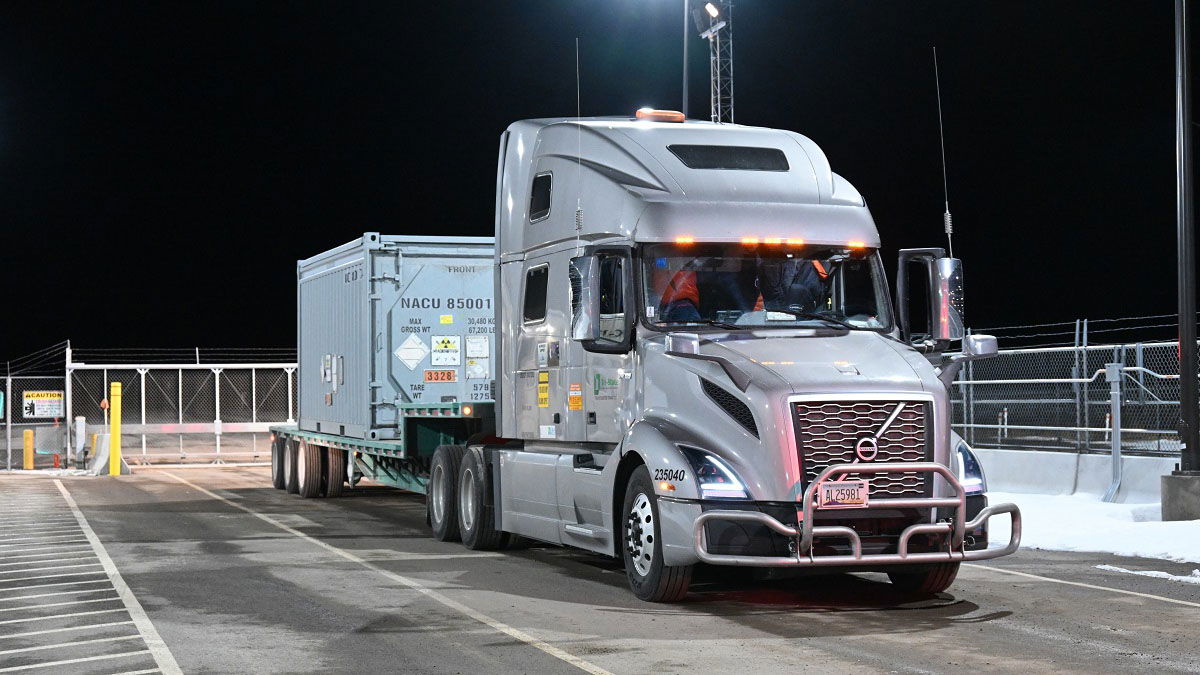Commercial advanced nuclear fuel arrives in Idaho for testing

IDAHO FALLS, Idaho (KIFI) – For the first time in two decades, Idaho National Laboratory has received a shipment of used next-generation light water reactor fuel from a commercial nuclear power plant to support research and testing.
In December, INL received 25 experimental fuel rods irradiated in the reactor core of a commercial reactor. The fuel rods were developed and manufactured by Westinghouse Electric Company with technical assistance from several national laboratories, including INL.
These experimental fuels, designed for extended use and robust safety features, could deliver significant cost savings for consumers while increasing a nuclear power plant’s resilience under potential accident conditions.
But first, researchers must examine and analyze the fuel to evaluate how this advanced technology performed during normal usage. Researchers will conduct additional experiments to understand how the fuel performs under postulated accident conditions. Lastly, researchers will perform experiments to demonstrate behavior during storage and recycling.
The data generated from these experiments and analyses are essential to establishing the safety bases required by the Nuclear Regulatory Commission to allow the fuel’s use at more nuclear power plants throughout the U.S.
“Continuous innovation is key to improving the nuclear sector’s reliability, especially at a time when energy demand is increasing and nuclear’s role is more vital than ever,” said Tarik Choho, Westinghouse president of Nuclear Fuel. “Westinghouse is proud to join efforts with INL and other partners in the production and testing of these advanced nuclear fuels.”
Each fuel rod is 12 feet long, and the total shipment of 25 rods contains about 100 pounds of heavy metal, mostly uranium.
The fuel rod shipment contains both accident tolerant fuel and high burnup fuel. Industry and DOE have collaborated over the last decade to design ATFs that offer enhanced safety performance during normal operations, mild operational transients and accident scenarios. High burnup fuels take advantage of unrealized performance capacity available in advanced materials that can allow for extended operating cycles and/or increasing the licensed power generation at existing power plants while significantly reducing spent fuel generation.
Researchers say the new fuel rods, when licensed for commercial use, could extend the amount of time a plant can operate between refueling from 18 to 24 months.
“Increased burnup, when combined with potential ATF-related uprates, could be a huge economic benefit to those plants and the fleet,” said Daniel Wachs, national technical director of DOE’s Advanced Fuels Campaign. “The increased electrical output in the U.S. could be the equivalent of adding new reactors to the fleet.”






